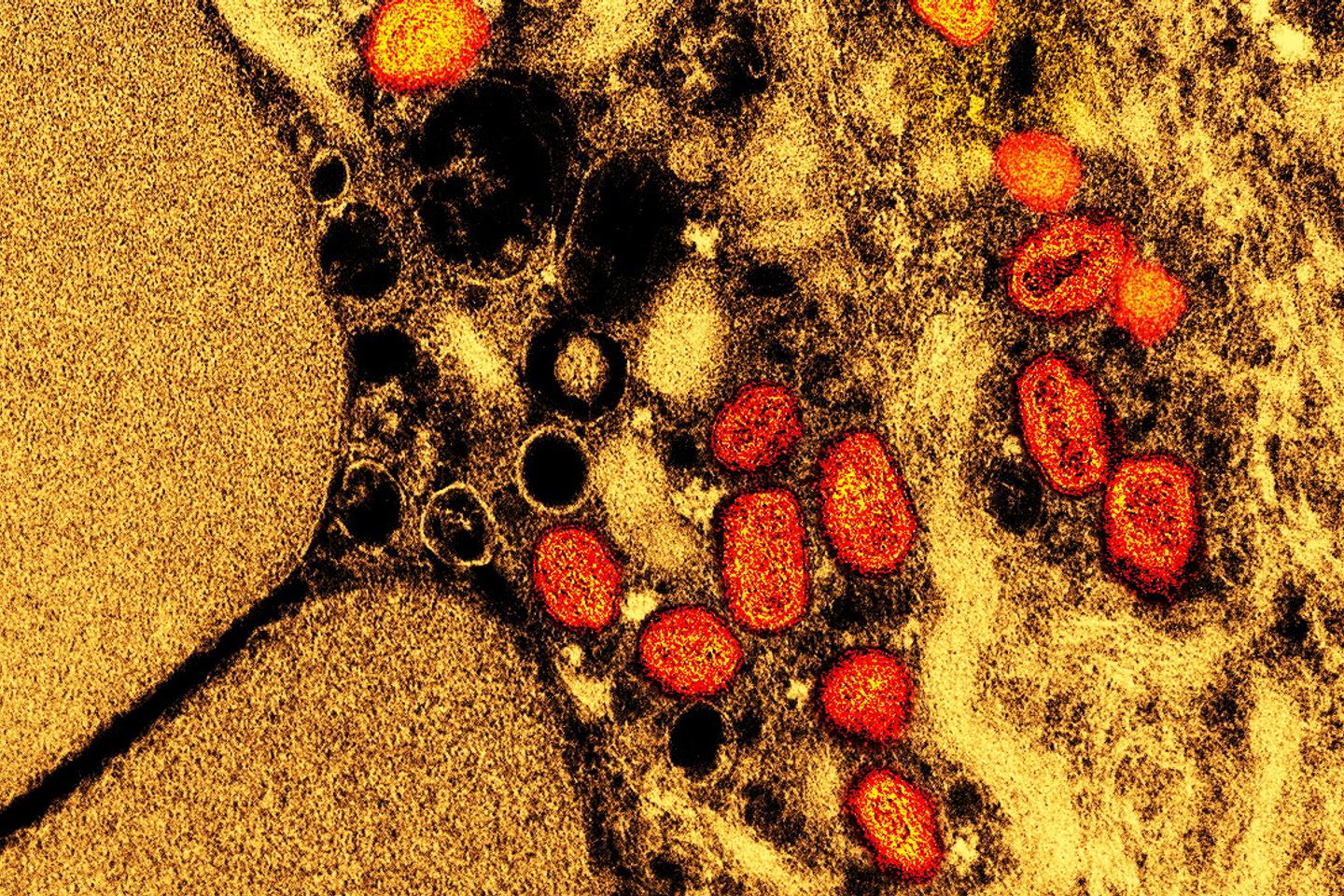


Mpox is a zoonosis: Originating in the animal world, it is transmitted to humans through sporadic contact in the bush in African countries, where it is endemic. But could the virus make the reverse journey, passing from humans to their pets in the course of an epidemic? The risk, still theoretical, is being taken seriously by health authorities.
In most countries, mpox sufferers are indeed advised to avoid contact with their pets as much as possible, or even to have them kept in a place other than the one where they have isolated themselves, as in the US. In France, the French Agency for Food, Environmental and Occupational Health and Safety (ANSES), advises, "before each contact with your pet," to wash your hands, then wear gloves and a single-use mask. "It's first and foremost a question of hygiene; we made the same type of recommendations during the Covid-19 pandemic," said Florence Etoré, head of the ANSES animal welfare, health and nutrition and vectors risk assessment unit.
Why so many precautions? The aim is to prevent the virus from spreading from pets to wildlife at all costs. If it were to become established over the long term in species common to temperate zones, it would be very difficult, if not impossible, to get rid of the disease. The eradication of smallpox was made possible by mass vaccination but only because the disease is transmitted exclusively between humans. For the moment, mpox is endemic – meaning that contamination is possible at any time – only in one part of the African continent. The challenge is to ensure that it does not spread beyond this area in the long term.
Samples of 34 pets
The evidence available today to estimate this probability is fairly weak. In June 2022, for the first time, infectiologists and virologists at the Pitié-Salpêtrière hospital in Paris studied a case of monkeypox virus transmission from a male couple to their dog. Tests showed that the virus identified in samples from one of the patients was identical to that from the animal's skin lesions. But researchers were cautious: "If the dog was indeed a carrier of the virus, it did not, however, develop the disease," said the ANSES a few months later in October 2022. The experts concluded in a report that the dogs could, at the very least, present a "skin carriage of low intensity and limited duration," meaning that the virus could be present in external wounds or pustules (not caused by the disease) without contaminating the animal. A similar case was identified in Brazil in August 2022.
You have 54.36% of this article left to read. The rest is for subscribers only.
